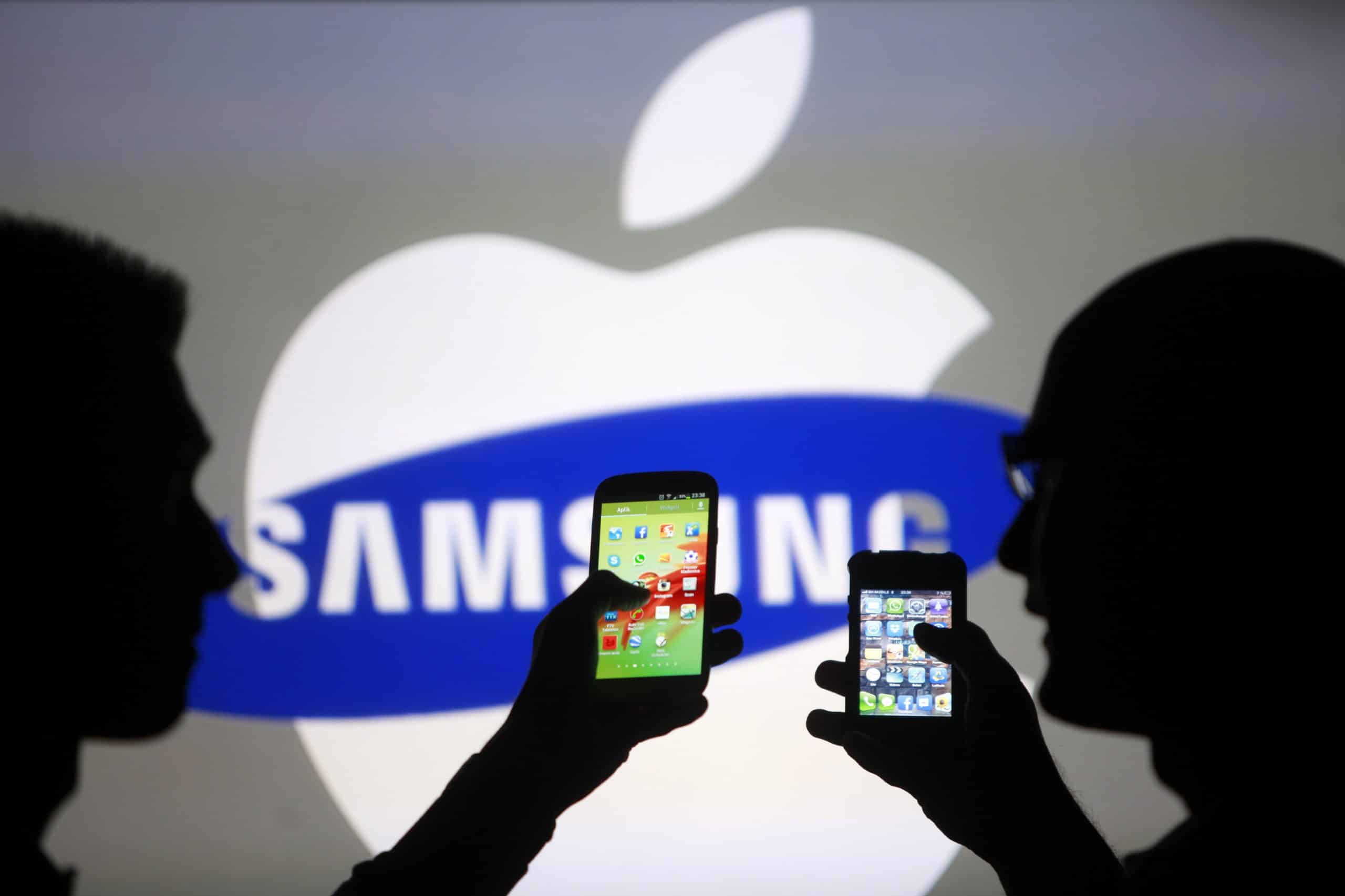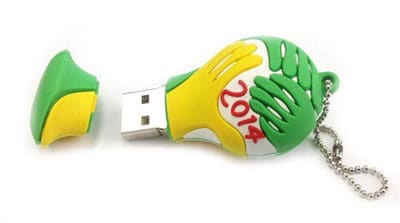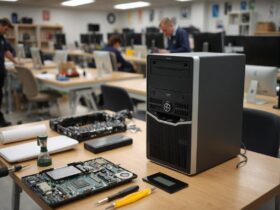The infamous patent war between Apple and Samsung attained new heights after the two industry rivals took their fight to the U.S. Supreme Court on October 11. The core of the argument revolves around the debate about the value of design, with the final ruling expected to have major ramifications for the technology sector, where design and innovation are key factors in distinguishing different products.
The Case
The smartphone wars between the two companies go back to 2011, when Apple first sued Samsung for unauthorized copying of its iPhone design. After a protracted legal battle spanning several years and costing both companies millions of dollars, the U.S. Court of Appeals for the Federal Circuit upheld a $400 million verdict that Samsung had indulged in copyright violation of three Apple patents- the design of the iPhone’s rounded-corner front face, bezel and colorful grid of icons that represent programs and applications. Apple, which was initially awarded a billion dollar award (later reduced to $548 million), had protected those particular features through US design patents that are concerned with how items look.
Samsung’s Argument
The verdict has been challenged by Samsung, which contends that it should be held liable to only the part of profit that is tied to patented design aspects, instead of being forced to pay the ‘disproportionate’ award that sums the entire profits from its 11 disputed phones. The awards are currently determined by the total profit of devices, as per a statute first adopted in 1887 and re-adopted in 1952.
Samsung lawyer Kathleen Sullivan said that the judiciary should take into account the fact that a smartphone comprises of hundreds of components.
‘A smartphone is smart because it contains hundreds of thousands of the technologies that make it work,’ said Sullivan, adding that the case could lead to more litigations since patent holders ‘carve the product up into multiple partial design claims … and find a little sliver of the phone on which infringement can be found.’
Apple’s Counter
Apple rebuffed Samsung’s argument, stating that it was entitled to all profits due to Samsung’s ‘blatant copying’ of the iconic iPhone look. Apple lawyer Seth Waxman countered the claims, saying that a design cannot be considered as a component as it was applied to an entire model.
Moreover, Waxman stressed that Samsung’s own documents had revealed that the company acted to deal with ‘a crisis of design’ by resorting to copy the iPhone. He also added that restricting the damages would provide little deterrence and embolden counterfeiters and copyists.
Dispute Leaves Top Court Befuddled
The case was heard on the same day when Samsung announced it was scrapping its flagship Galaxy Note 7 due to reports of the phone catching fire. Samsung is supported by major Silicon Valley and other IT behemoths, such as Google, Facebook, Dell and Hewlett-Packard, while Apple is backed by big names in fashion and manufacturing, like Calvin Klein and Adidas, and the American Intellectual Property Law Association.
The dispute has, however, left SC judges confounded as they figure out how to discern the value of individual design in an incredibly complicated product like the iPhone. The top court will be examining its first case in 120 years of design patents, which cover the ornamental look of an object rather than any functional aspect. The last such case taken up by the court was related to spoon handles in the 1870s and carpets in 1890s.
The debate indicated that the justices were open to lower the massive penalties for copying someone else’s patented design; however, some also expressed doubt how the juries would go about deciding the importance of a specific design trait to decide the overall damages.
‘If I were a juror, I wouldn’t know what to do,’ Justice Anthony Kennedy said.
Views have been forceful on both sides:
A strong patent system will force technology companies to actually innovate, not mimic. That is how patent systems are designed to work all over the world.
The differences in Samsung and Apple smartphones are marginal because of copying, not innovating. A strong patent system will lead to the next generation phone based on actual innovation,’ said Matthew Siegal, an intellectual property lawyer with the firm Stroock & Stroock & Lavan.
On the other hand, Matt Levy of the Computer & Communications Industry Association said the debate suggested the justices were open to lowering the jury award. Writing in a blog post, Levy said;
“The damages statute for design patents was written to protect products like rugs, where the design was essentially the entire thing being sold. Congress certainly didn’t intend to treat complex products as if only the outer appearance is what matters … Based on what I heard, I think it’s very likely that the (justices) will modify the lower court’s decision.”
A ruling is expected by the end of June 2017.














Leave a Reply